Unlocking the Power of "Why": Crafting Compelling Sales Pitches for Your Housing Plans
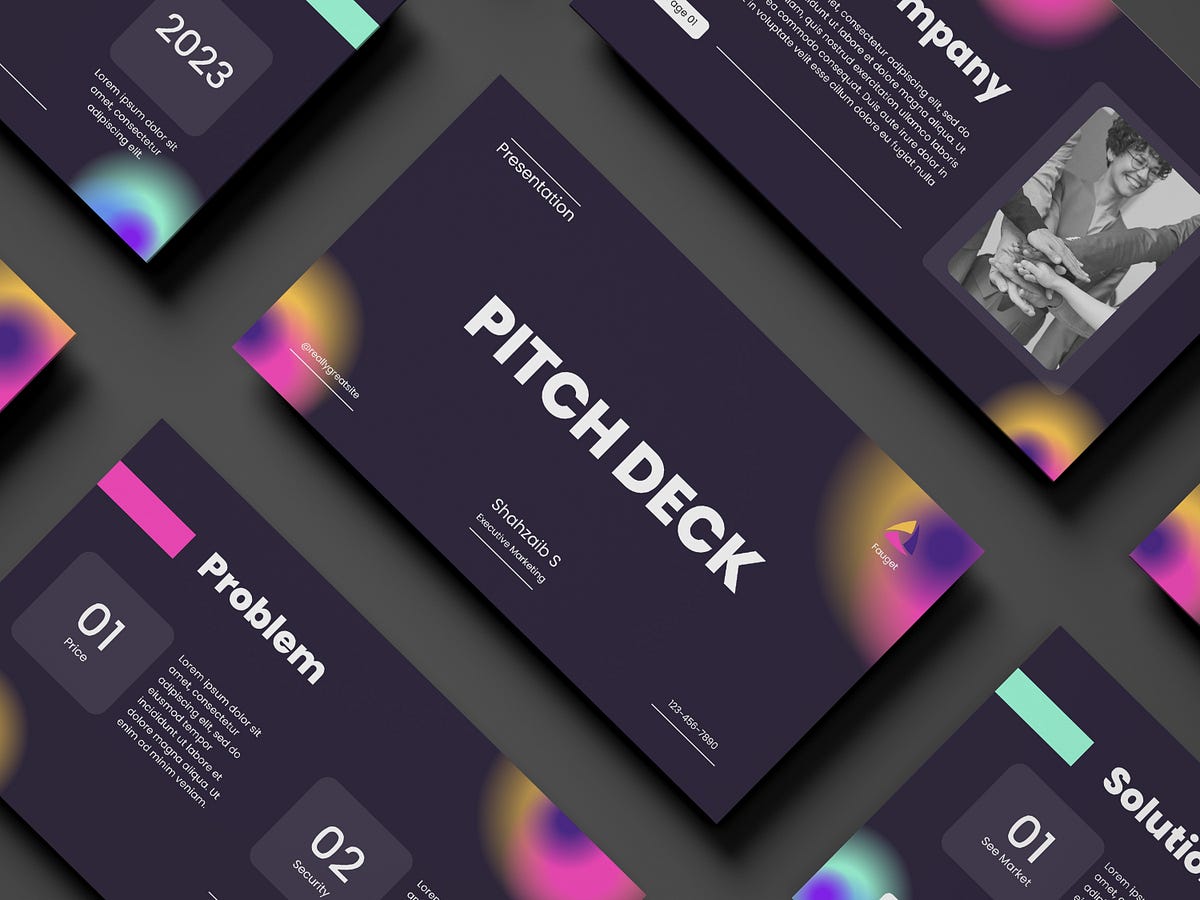
As an interior design expert and architect, I’ve seen firsthand the transformative power of a well-designed home. It’s not just about aesthetics, but about creating spaces that enhance lives, foster connections, and inspire joy. And when it comes to selling housing plans, the key to success lies in understanding the "why" behind your customer’s desire for a new home.
You’re not just selling blueprints; you’re selling dreams, aspirations, and a vision of a better future. To effectively communicate this value, we need to identify the key features and benefits that resonate with your ideal customer. Let’s break down the process:
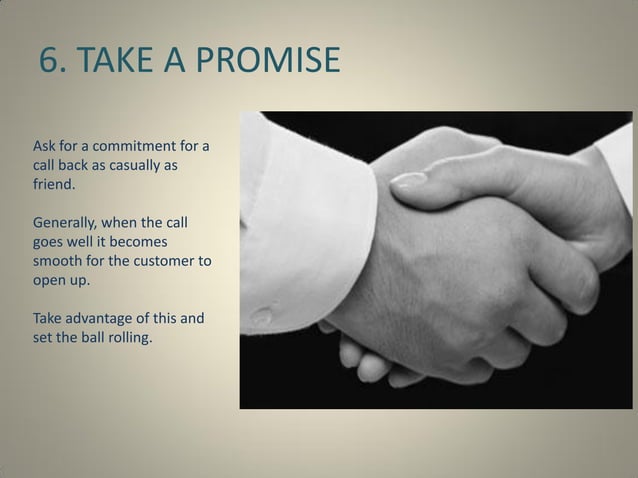
1. Defining Your Ideal Customer:
Before we dive into features and benefits, we need to understand who you’re selling to. Ask yourself:
- Who are they? Are they young families, empty nesters, first-time homebuyers, or seasoned investors?
- What are their needs and desires? Do they prioritize space, sustainability, modern design, or traditional aesthetics?
- What are their budget constraints? Are they looking for luxury or affordability?
- What are their lifestyle preferences? Do they enjoy entertaining, working from home, or outdoor living?


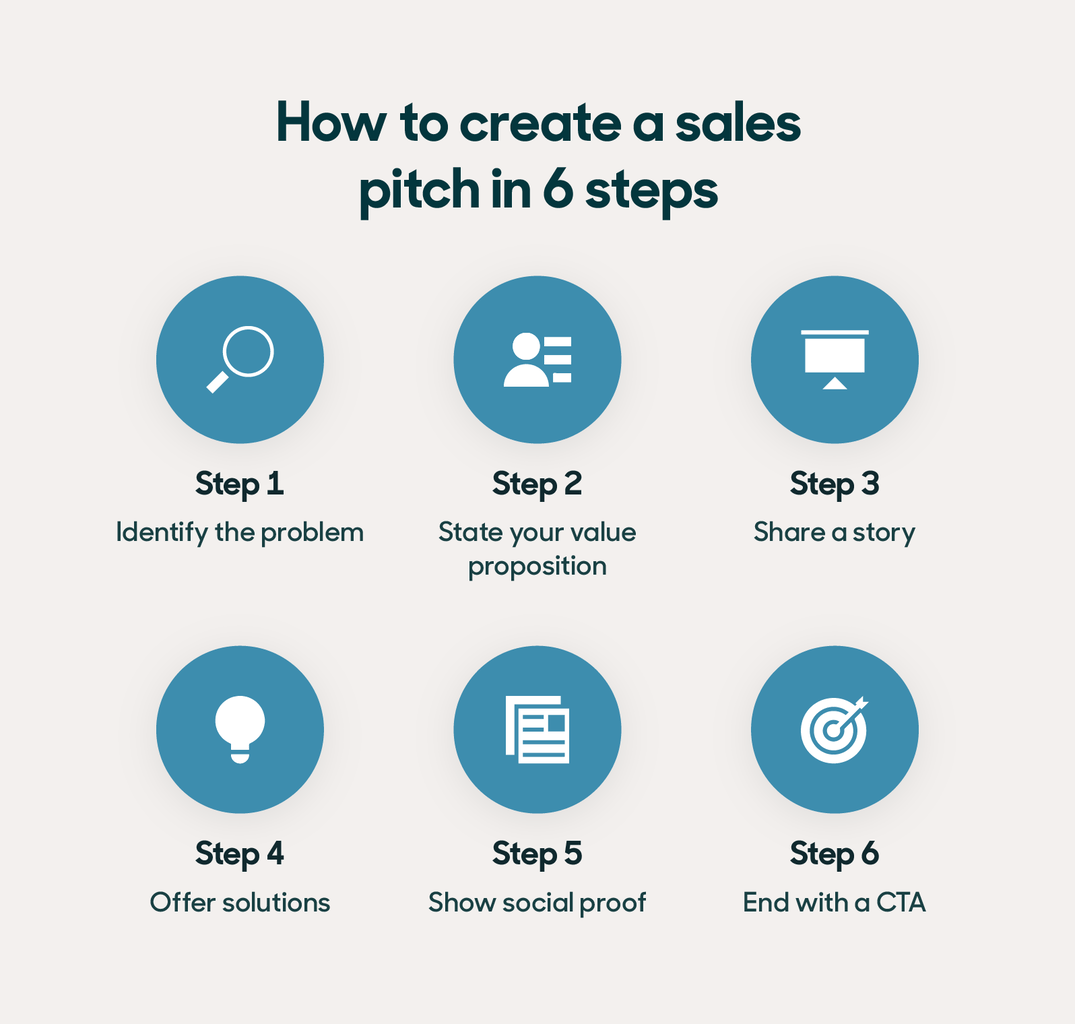
2. Understanding the "Why" Behind Their Purchase:
Once you have a clear picture of your ideal customer, you can delve into the "why" behind their purchase. This is the emotional connection that drives their decision:

- Security and Stability: A new home represents a safe haven, a place to build a family, and a foundation for the future.
- Freedom and Choice: It offers the ability to personalize their living space, express their individuality, and create a home that reflects their unique lifestyle.
- Improved Quality of Life: A well-designed home can enhance comfort, promote well-being, and create a sense of peace and harmony.
- Investment and Growth: For some, it’s a financial investment, a stepping stone to a brighter future, or a way to build wealth.



3. Identifying Key Features and Benefits:
Now that you understand the "why," you can start highlighting the features and benefits that align with those motivations:
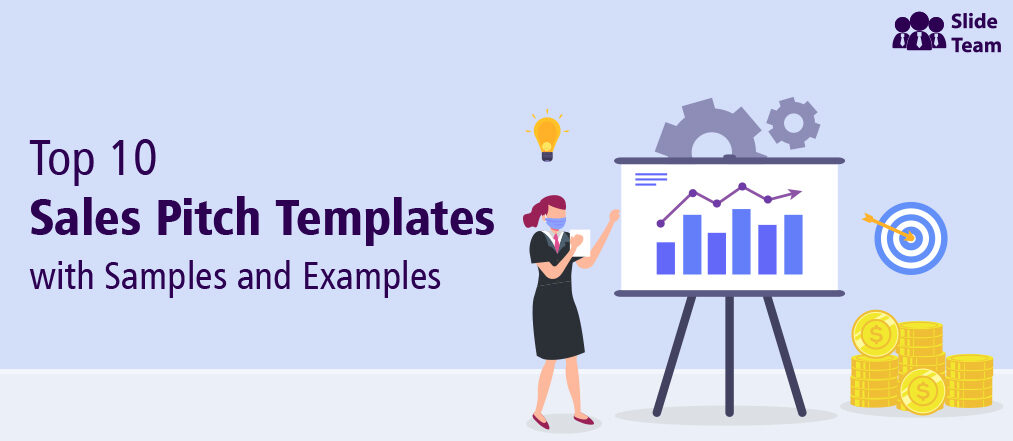
For Families:
- Features: Open-concept floor plans, dedicated play areas, ample storage space, flexible bedrooms, outdoor living spaces, and energy-efficient features.
- Benefits: Promotes family bonding, creates a sense of community, fosters creativity and play, provides a safe and comfortable environment, and saves money on energy bills.


For Empty Nesters:
- Features: Spacious master suites, luxurious bathrooms, well-equipped kitchens, smart home technology, low-maintenance landscaping, and accessible design elements.
- Benefits: Offers a tranquil retreat, promotes comfort and independence, simplifies daily living, enhances security and safety, and allows for easy entertaining.
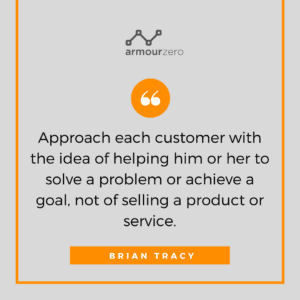
For First-Time Homebuyers:
- Features: Affordable price points, flexible floor plans, modern aesthetics, energy-efficient designs, and community amenities.
- Benefits: Achieves the dream of homeownership, provides a sense of accomplishment, fosters a sense of belonging, promotes sustainability, and offers a strong return on investment.
For Investors:
- Features: High-quality construction, desirable location, flexible floor plans, potential for rental income, and strong resale value.
- Benefits: Generates passive income, provides a stable investment, offers tax benefits, appreciates in value, and provides a sense of financial security.
4. Crafting Compelling Messaging:
Once you’ve identified the key features and benefits, you need to craft compelling messaging that resonates with your target audience. Use a combination of:
- Emotional Language: Appeal to their aspirations, desires, and fears.
- Concrete Examples: Use real-life scenarios, testimonials, and visual aids to illustrate the benefits.
- Benefit-Driven Language: Focus on what the features deliver, not just the features themselves.
- Clear and Concise Communication: Use simple language and avoid technical jargon.
5. Examples of Compelling Messaging:
- "Imagine your family gathered around the spacious kitchen island, sharing laughter and creating memories. This open-concept floor plan promotes connection and fosters a sense of community, making your home a haven for family life." (For families)
- "Escape to your luxurious master suite, complete with a spa-like bathroom and a private balcony. This home is designed to offer you the ultimate in comfort, relaxation, and independence." (For empty nesters)
- "Achieve the dream of homeownership with our affordable and flexible floor plans. This energy-efficient design will save you money on your energy bills, making your home a smart investment for the future." (For first-time homebuyers)
- "This high-quality construction and desirable location offer a strong return on investment, making this home a smart choice for investors seeking both financial security and passive income." (For investors)
6. Continuously Evaluate and Adapt:
The key to success is to constantly evaluate your messaging and adapt it based on customer feedback and market trends. Use analytics to track engagement and identify areas for improvement.
7. Beyond Features and Benefits: The Power of Storytelling
While features and benefits are important, the real magic lies in storytelling. Use your marketing materials to create a narrative that connects with your customers on an emotional level.
- Tell stories of families thriving in your homes.
- Showcase the journey of homeowners from dream to reality.
- Highlight the positive impact your homes have on people’s lives.
By understanding your ideal customer, focusing on the "why" behind their purchase, and crafting compelling messaging, you can transform your housing plans from blueprints into a powerful tool for creating happy, fulfilling lives. Remember, you’re not just selling a house, you’re selling a dream.
